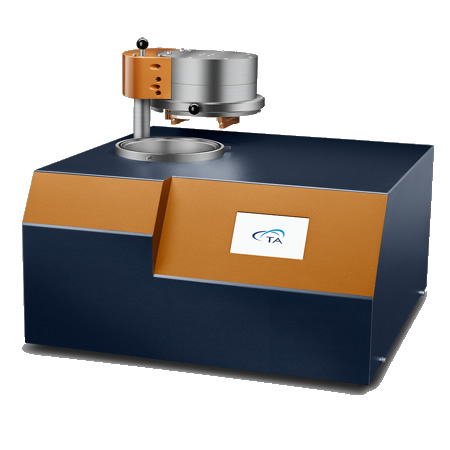DIL 832 True Differential High Resolution Dilatometer
DIL 832 High Resolution True Differential™ Horizontal Push Rod Dilatometer High sensitivity optical encoder and TA exclusive True Differential technology for the most demanding R&D laboratories . << View all 830 Series Dilatometers Description Specifications Measurement Principle Applications Videos DIL 832 features an impressive array of unique technologies and capabilities that make of it the ideal…
Details












